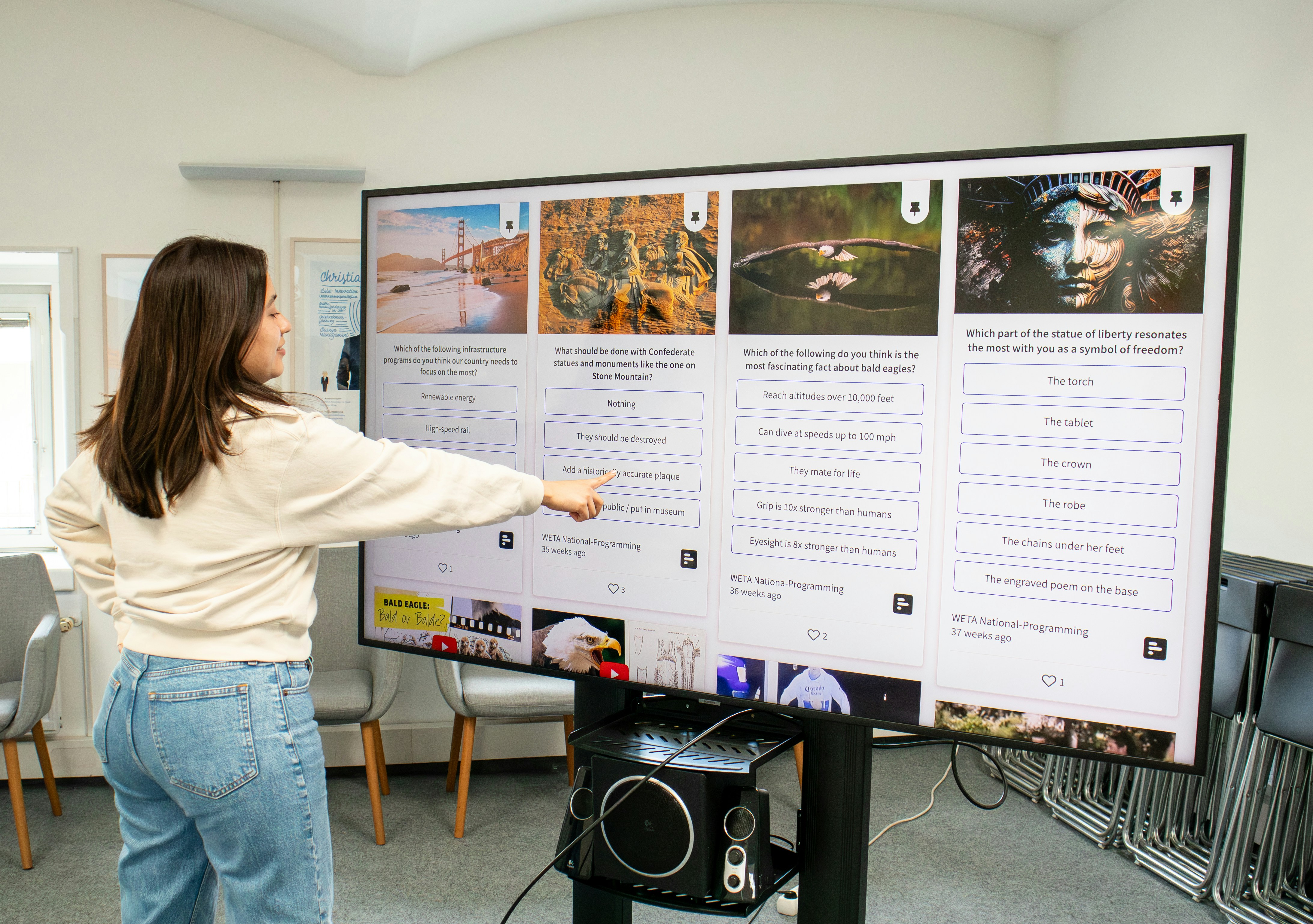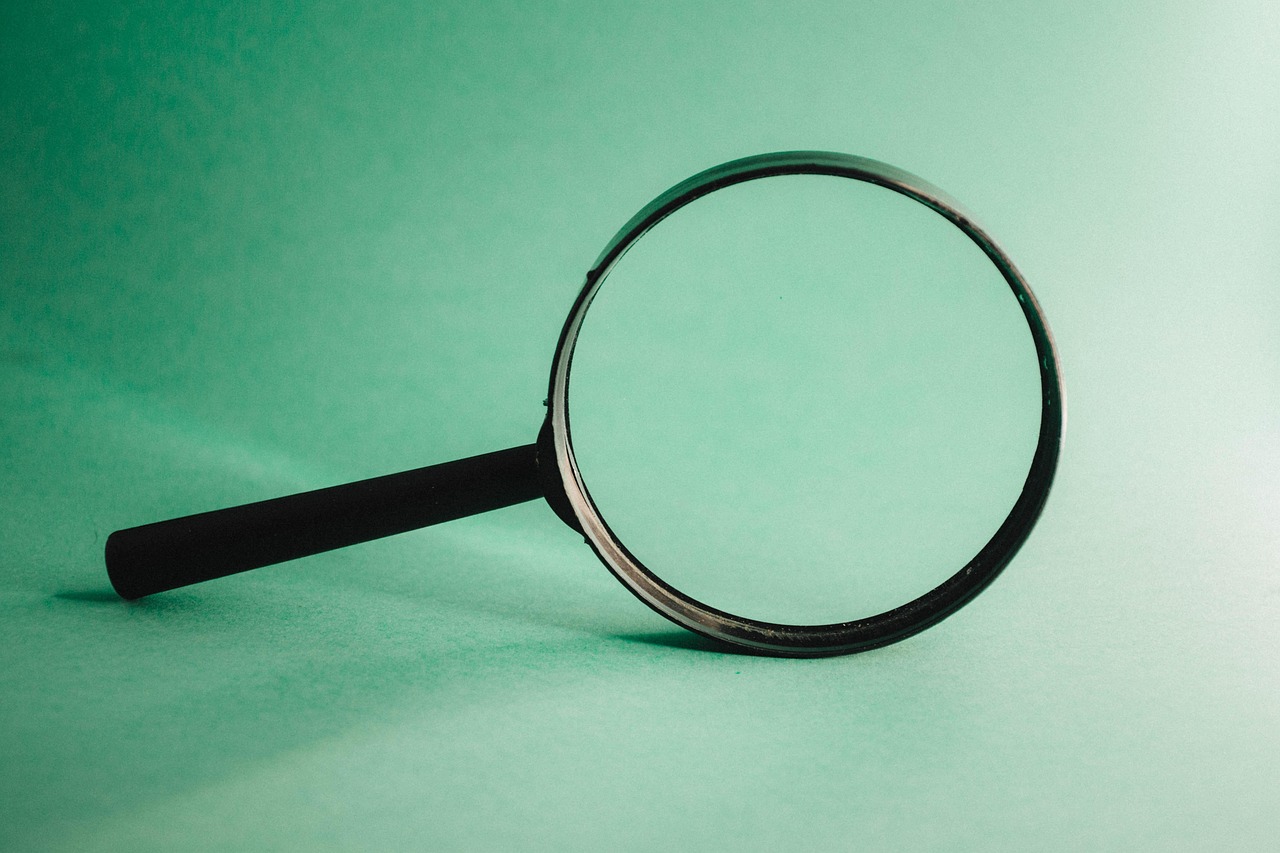Cluster projects shall be in general guided by two main messages: “researchers shall become innovators” and “research results need to be transformed into useful innovations”. In projects funded under Cluster 4, the European Commission will support digital, space and key enabling technologies that are strategically important for Europe’s industrial future. The final goal is to protect EU’s strategic interests and guarantee security of supply. Both the collaboration between academia and industry and the role of SMEs and technology clusters are key to achieve that in all these projects.
Sounds like there’s a long way until we achieve all that, right? But first, let’s start with a few basics to know your way around Cluster 4.
1. Destinations and key areas
When you start reading the Cluster 4 Work Programme, the first thing you notice are its six Destinations. All destinations have an introduction describing a specific set of objectives, the most relevant policies linked to the destination (e.g. the Green Deal), which you should take into account.
Here are the six destinations for this Cluster:
- Climate neutral, circular and digitised production
- Increased autonomy in key strategic value chains for resilient industry
- World leading data and computing technologies
- Digital and emerging technologies for competitiveness and fit for the Green Deal
- Open strategic autonomy in developing, deploying and using global space-based infrastructures, services, applications and data
- A human-centred and ethical development of digital and industrial technologies.
Cluster 4 projects will be developing technologies that will be applied and used in many sectors of the economy such as health, transport, energy, food and agriculture, and culture. At the same time, these projects shall enable production and consumption respecting the boundaries of our planet and maximizing the benefits for all parts of society in the variety of social, economic and territorial contexts in Europe.
Lastly, many topics in Cluster 4 require demonstrating the expected impact by including a business case and exploitation strategy for industrialisation.
2. Cross-cutting priorities and synergies
Impact investment should be carefully considered in all projects. Look for synergies with ERDF, ESF+, JTF, EMFF, EAFRD, Innovation Fund, InvestEU and the EU’s external action instruments, as well as private funds or financial instruments.
International collaboration may be a cross-cutting priority. However, for particular topics, international cooperation is not mandatory but advised with some regions or countries, to get internationally connected and add specific expertise and value to the project activities. As for specific restrictions in terms of non-EU countries you can onboard in your project, legal entities established in China are not eligible to participate in Innovation Actions in any capacity in Cluster 4.
3. Cluster projects vs Partnership projects
While all the above elements will be true for all Cluster 4 projects, there are topics that require very different project types. Most differences will be seen if the project targets a topic published by a European innovation partnership.
The following partnerships are connected to Cluster 4:
|
Institutionalised partnerships |
Co-programmed partnerships |
|
Smart Networks and Services Key Digital Technologies High Performance Computing European Metrology EIT Climate-KIC EIT Digital EIT Manufacturing |
Clean Steel – Low Carbon Steelmaking Made in Europe Processes4Planet Photonics Artificial Intelligence, Data and Robotics Globally Competitive Space Systems |
But if we compare two projects, one RIA linked to a European Partnership and one RIA in the Cluster, what are the differences?
|
RIA in the Cluster More likely focusing on: |
RIA in the Partnership More likely including: |
|
Wider collaboration between stakeholders from academia, industry, government, society. Solutions integrating also social sciences and humanities disciplines. |
Solutions across industry sectors Technological demonstrated impact SMART-er objectives with quantified targets A lot of sensitive deliverables |
Want to dig into the details of writing a proposal under a Cluster 4 specific topic and learning more about the difference between Cluster projects and Partnership projects?
That’s where our new workshop series come to the rescue. Learn all the practice-based tips on proposal writing and how to apply them concretely to a topic, while staying in scope and considering all the background (destination, work programme, policies).
Mark February 16th in your calendar for a workshop on Cluster 4! Our trainers, Gabriella and Jelena will carefully walk you through Cluster 4 and help you build a proposal for two specific topics:
- Topic 1: HORIZON-CL4-2023-HUMAN-01-51: Pilots for an innovative human-centric industry (RIA)
- Topic 2: HORIZON-CL4-2023-TWIN-TRANSITION-01-04: Factory-level and value chain approaches for remanufacturing (Made in Europe Partnership) (IA)
Register while you can and read more about the upcoming Cluster 4 workshop here, and tag along with a friend who’s interested in writing a competitive proposal under this cluster.
If you are interested in developing your proposal writing skills, but focusing on Clusters other than Cluster 4, I strongly recommend our workshop on Cluster 1.
And finally, read how my colleague Iasmina summrised your takeaways from this workshop series we have planned for you - we are looking forward to seeing you all!




